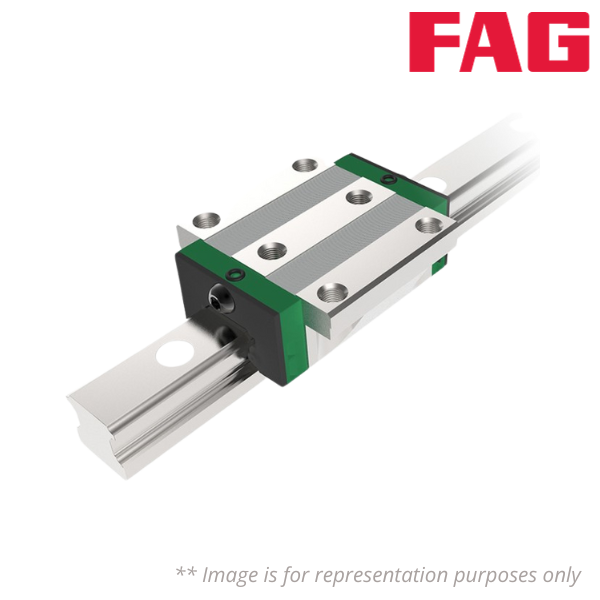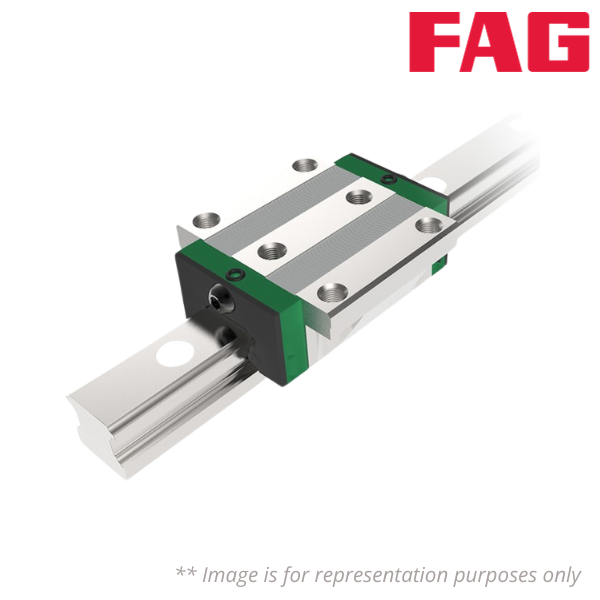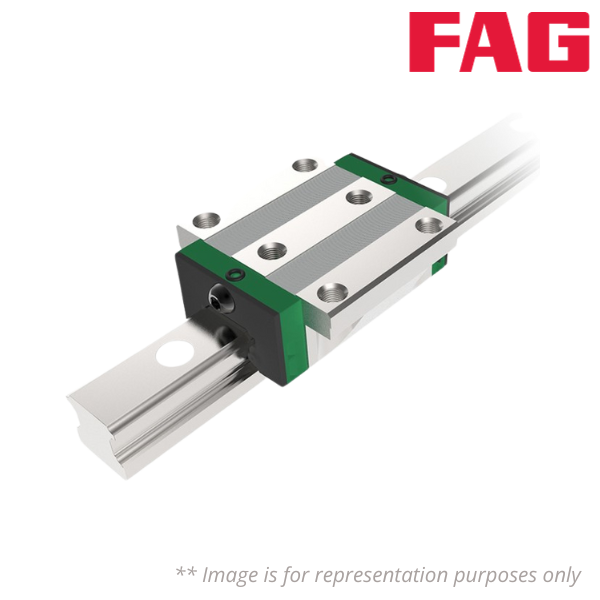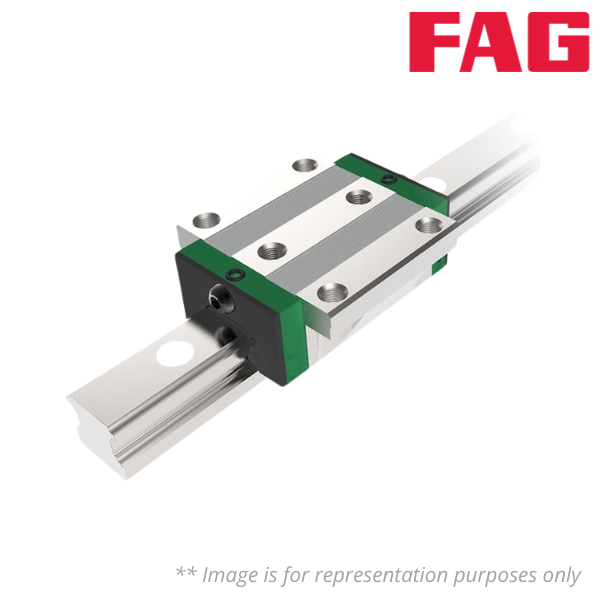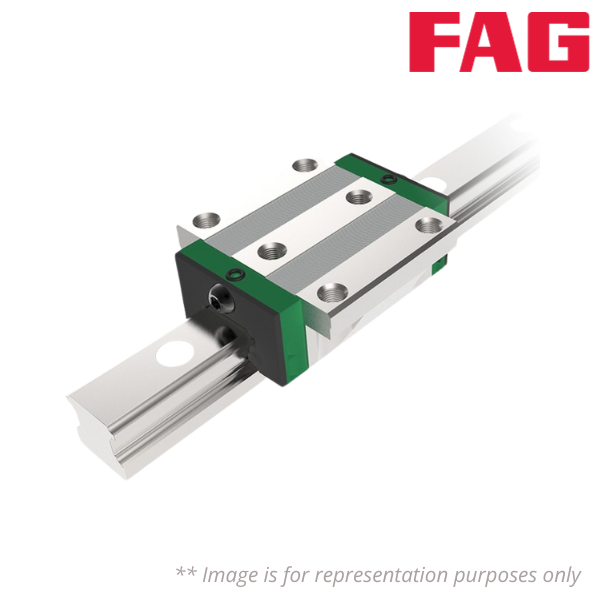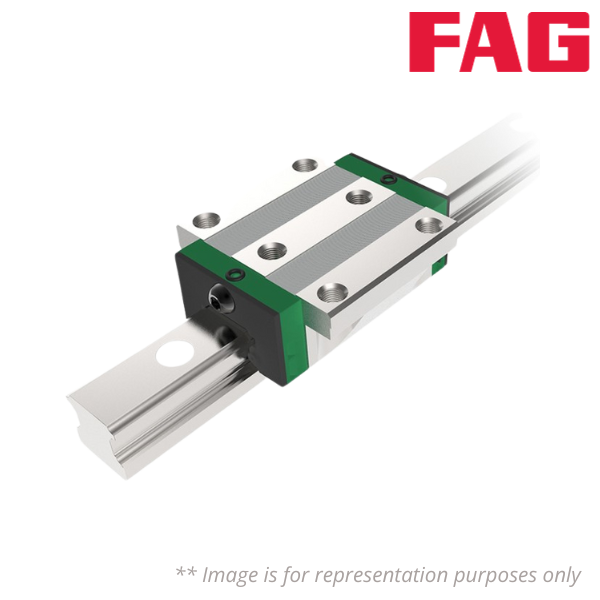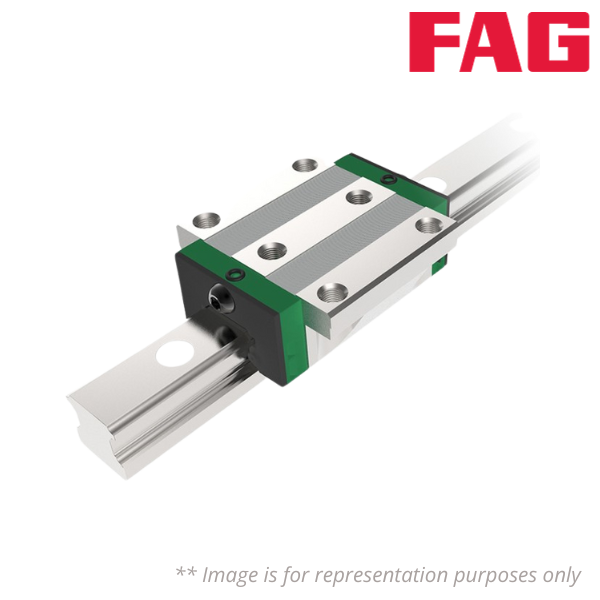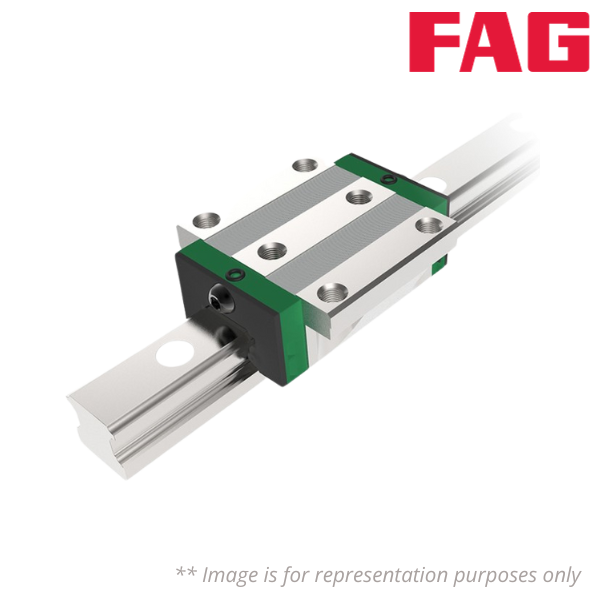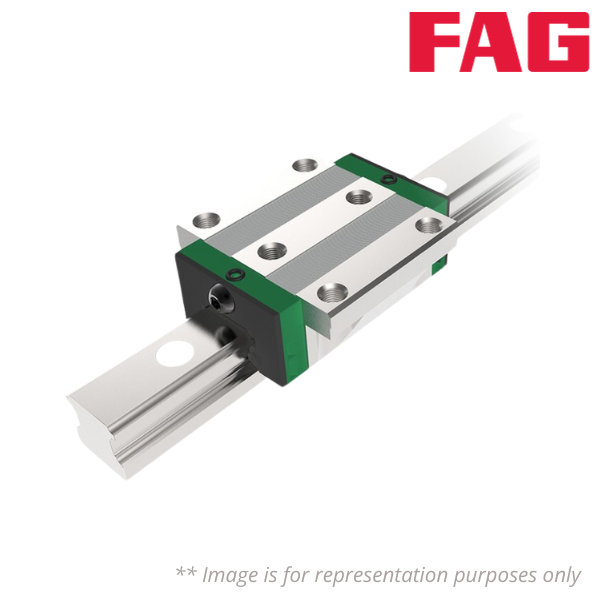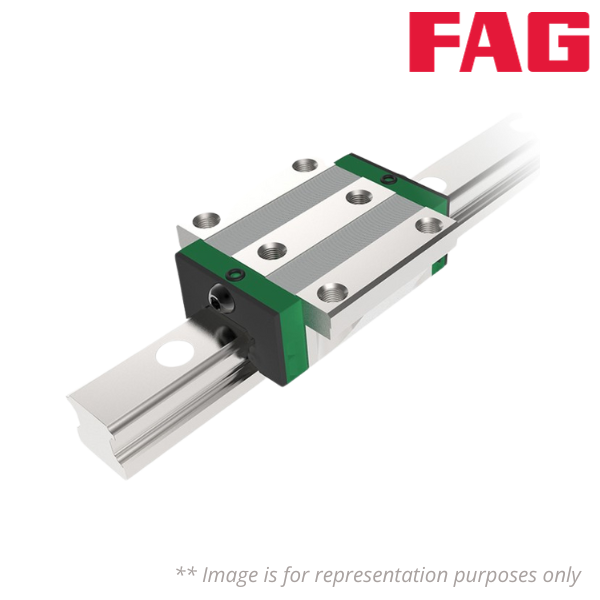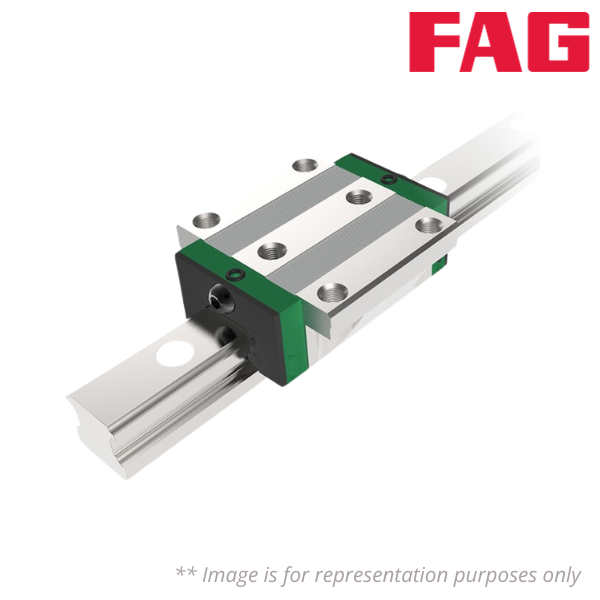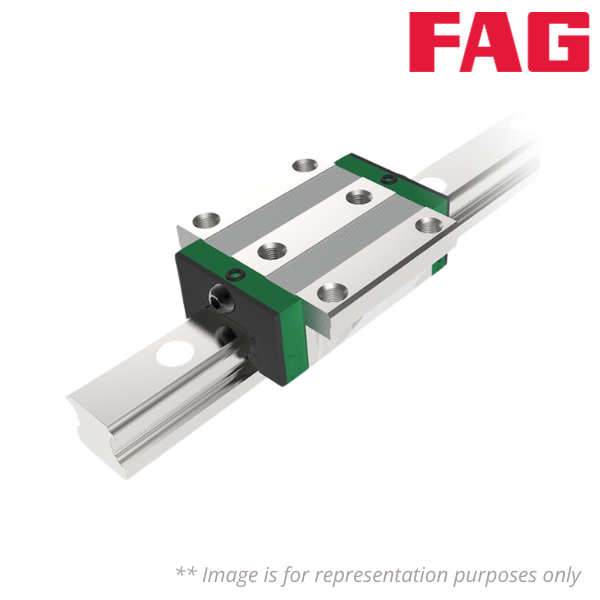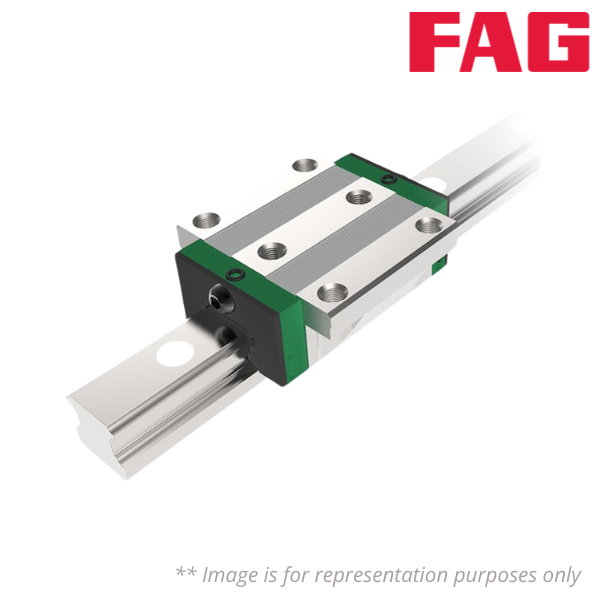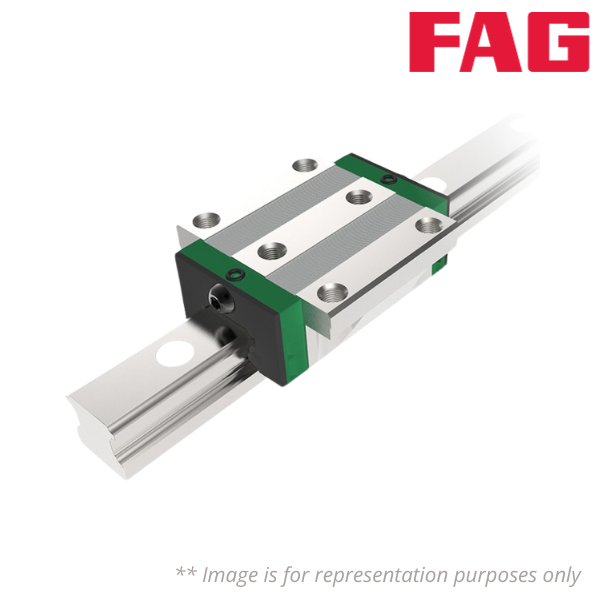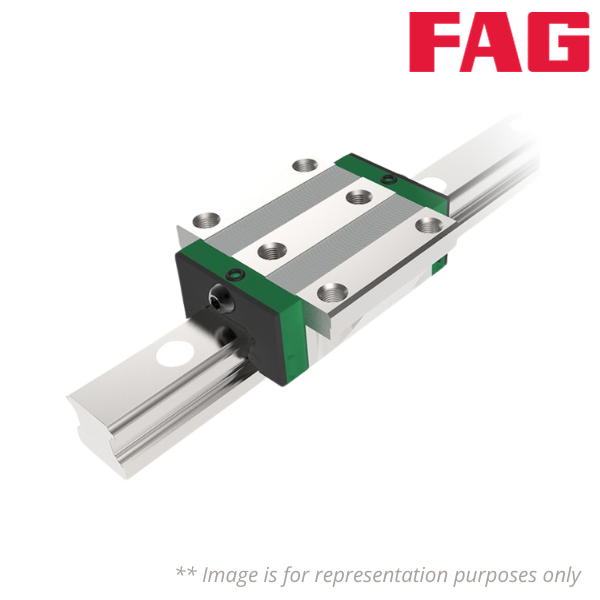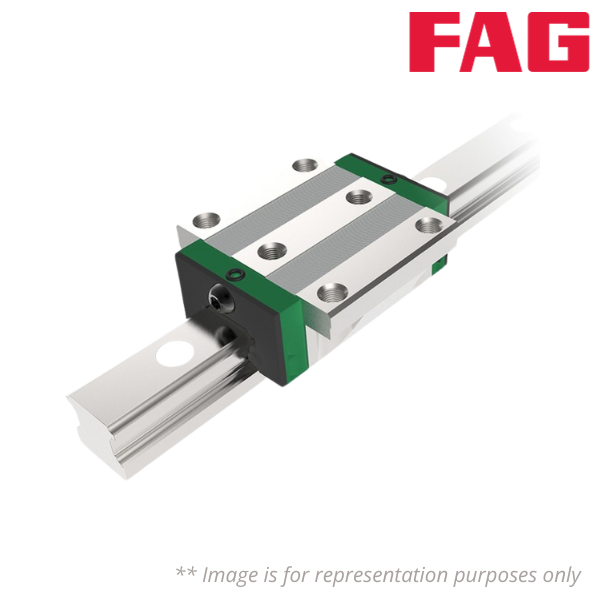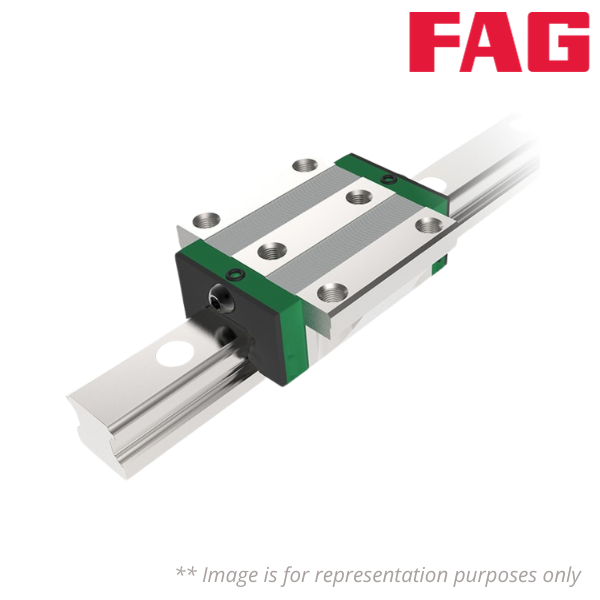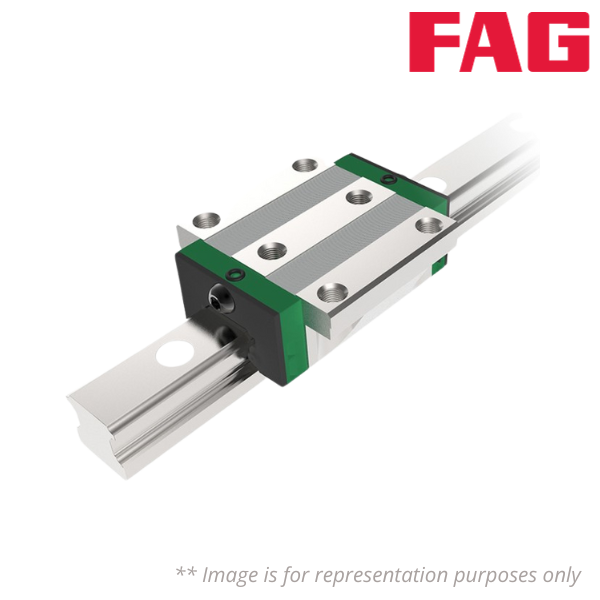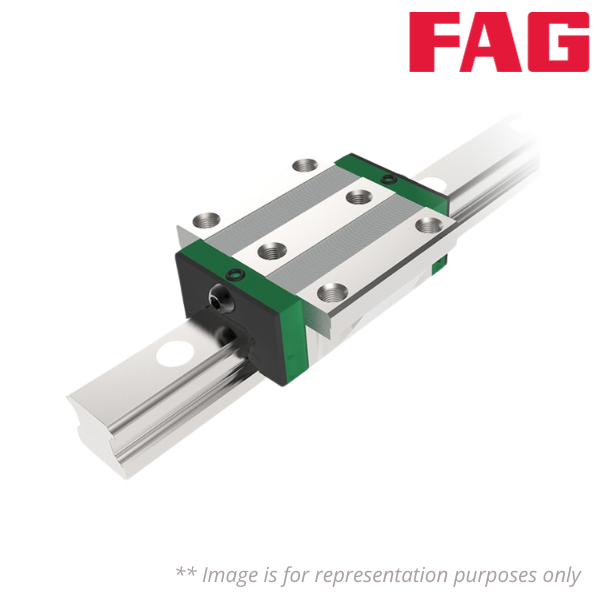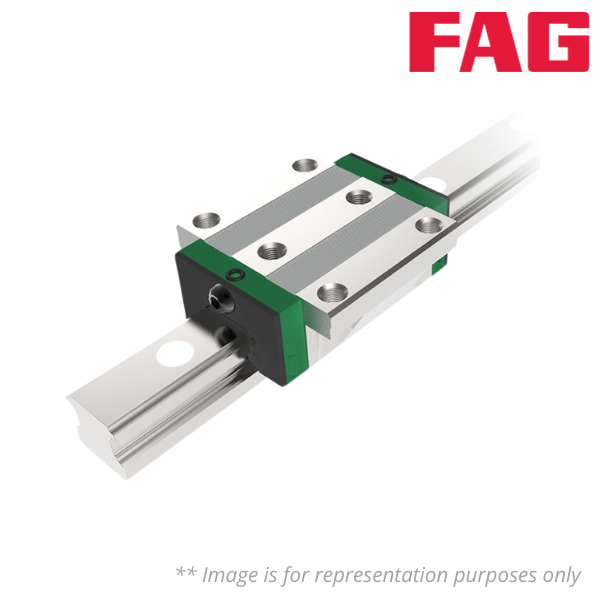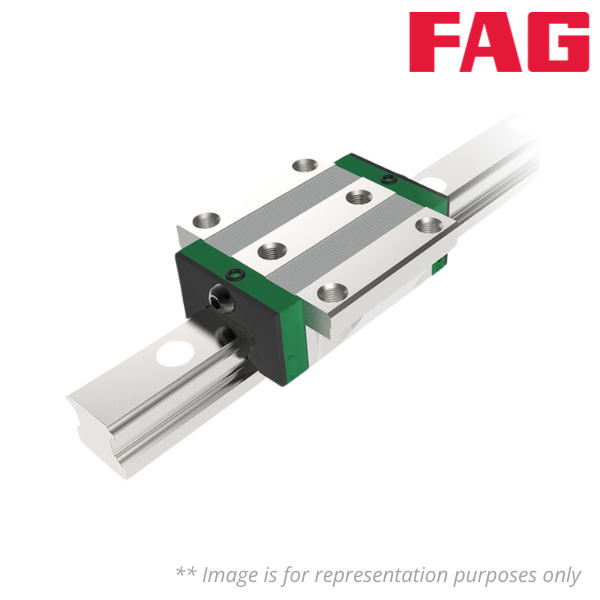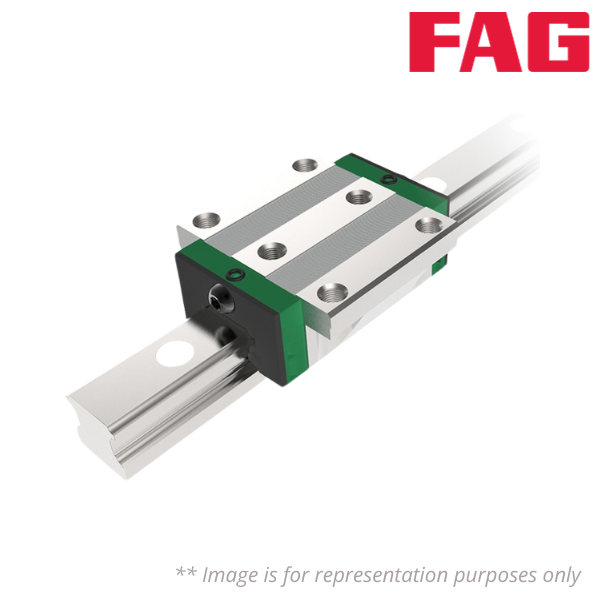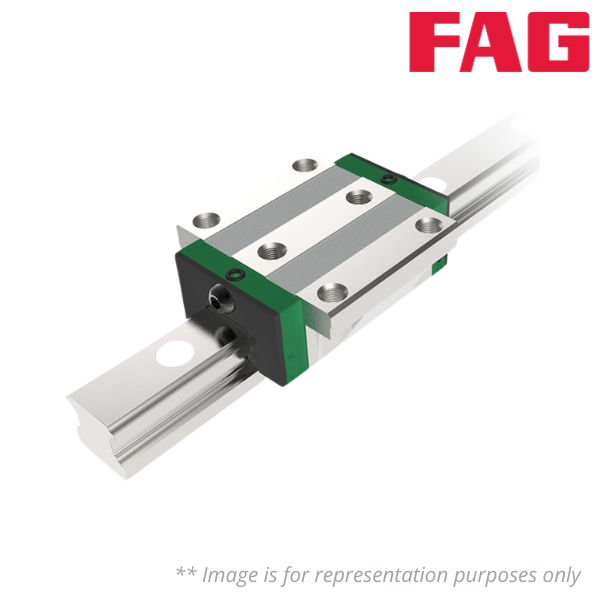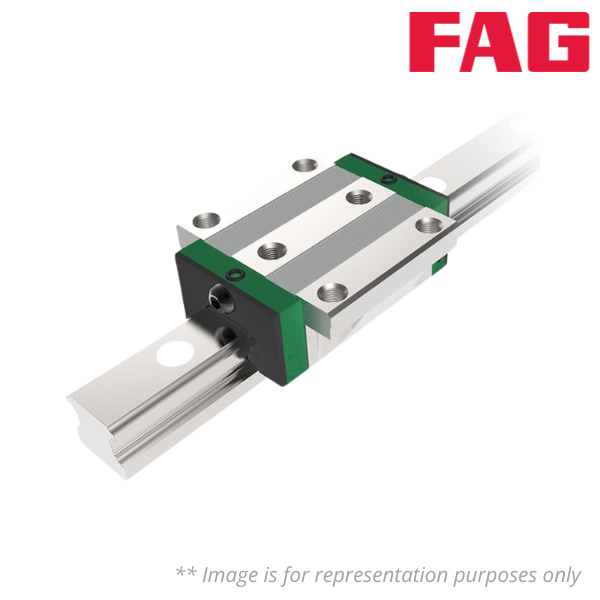
FAG offers a range of linear bearings designed for linear motion systems in various industrial applications. Here are some common types of FAG linear bearings:
-
Linear Ball Bearings: These bearings consist of an outer sleeve with recirculating steel balls and an inner raceway. They are suitable for applications requiring high precision and smooth linear motion, such as CNC machines, automation equipment, and linear guides.
-
Linear Roller Bearings: Linear roller bearings use cylindrical rollers instead of balls for linear motion. They offer higher load capacity and rigidity compared to linear ball bearings and are often used in heavy-duty applications such as machine tools, material handling equipment, and industrial robots.
-
Linear Bushings: Linear bushings, also known as linear plain bearings, consist of a cylindrical outer shell and an inner sleeve with a linear motion surface. They are suitable for applications requiring compact design and low friction, such as packaging machinery, medical devices, and semiconductor manufacturing equipment.
-
Profiled Linear Guides: Profiled linear guides consist of a rail with a profiled raceway and a carriage with recirculating bearings. They offer high rigidity, precision, and load capacity and are commonly used in machine tools, measuring equipment, and woodworking machinery.
-
Miniature Linear Bearings: Miniature linear bearings are designed for applications requiring small size and lightweight design, such as miniature robots, 3D printers, and medical instruments. They offer smooth and precise linear motion in a compact package.
-
Slide Bearings: Slide bearings, also known as linear slide units, consist of a carriage mounted on a linear rail. They are suitable for applications requiring simple and economical linear motion, such as sliding doors, drawer slides, and linear motion systems in household appliances.
-
Track Roller Bearings: Track roller bearings, also known as linear track rollers or cam followers, are designed for applications requiring guided linear motion along a track or rail. They are commonly used in conveyor systems, material handling equipment, and linear motion systems in automotive assembly lines.

